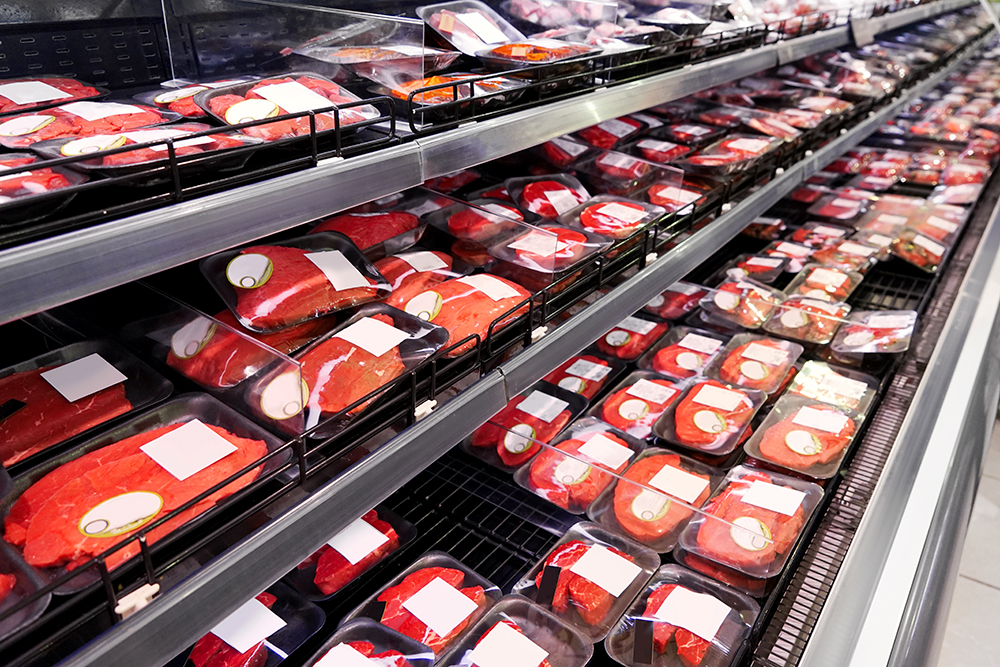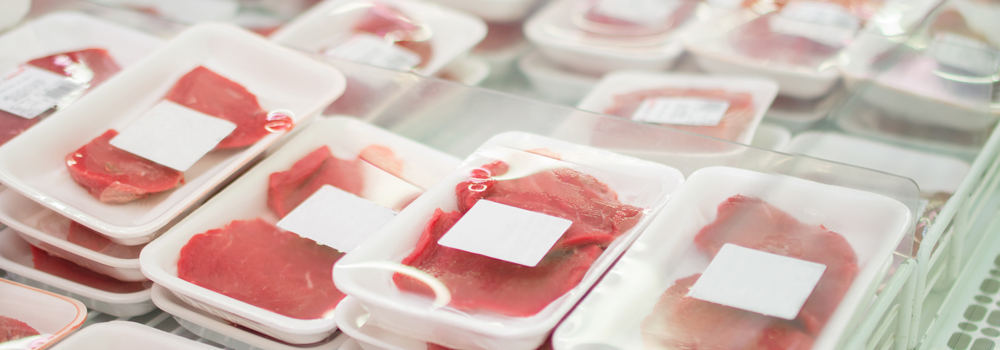Red meat a red-hot target for shoplifters

The rising cost of meat is contributing to a spike in shoplifting, according to recent media reports, with major retailers now fitting security labels to their packaging of prime cuts.
Meanwhile, meat isn’t the only supermarket item where retailers are being forced to employ greater security. So, amid debate about the price meat in Australia, how can retailers best protect themselves when it comes to securing groceries and other high-volume items?
The real deal of red meat
Recently social media lit up after a user posted a picture of meat purchased from his local supermarket, with a security label clearly noted on the packaging.
It prompted extensive discussion in mainstream media about the regular theft of red meat.
Supermarket employees even weighed in on the debate, noting meat was one of the highest theft items in supermarket chains.
“Our store sometimes loses thousands of dollars a week,” one supermarket employee reflected.
“That, coke, and health and beauty products are among our highest losses,” another agreed, while a former big-name supermarket employee explained she had regularly encountered empty steak and lamb packets that were stashed where people had opened them.
“Lost count of amount of times I had meat stolen from my meat department even when the meat was a lot cheaper,” one other social media user said.
Higher costs or just highly shoplifted?
The rising incidents of theft are being attributed to the higher costs of red meat as supply issues like drought and foreign exchange rates flow on to affect the price of meat.
Pricing Insight founder Ron Wood even told A current Affair the price of red meat had risen 100 per cent in the past 10 years.
But long before that, red meat was already a target for thieves. Back in 2015, the Global Retail Theft Barometer found meat ranked as the third most shoplifted item from supermarkets globally behind wines/spirits and tobacco, and ahead of razor blades, and cheese.
Meanwhile, the recent Australia and New Zealand Retail Crime Survey 2019 found meat, baby milk formula, and face creams were among the items most often stolen from supermarkets.
The report further noted supermarkets typically report losses of ‘under $20’ per incident but these occur more frequently than at shops stocking higher-value goods.
Not a victimless crime

ANZ Retail Crime Survey lead researcher, Emmeline Taylor, said the spike of petty retail theft was commonly viewed as a “victimless crime” because of the perception the large retailers build expected losses into their profit margin.
“But it couldn’t be further from the truth,” she said. “We calculate that $3.37 billion is enough to employ 85,000 supermarket check-out staff for a year.”
Meanwhile, a Woolworths representative noted shoplifting of items like meat also affected everyday customers through out of stock events.
“Our store teams work hard to ensure stock is available on our shelves for our customers when they need it,” the spokesperson told news.com.au.
Electronic Article Surveillance
Electronic Article Surveillance including security labels and tagging is one of the major methods these retailers use.
The Retail Crime Survey found: “All respondents who provided details on their security solutions are using some form of Electronic Article Surveillance (EAS) with the most popular devices being Radio Frequency EAS (used by 57 per cent of respondents), spider wraps and keepers (used by 50 per cent of respondents), and secure cable devices (used by 36 per cent of respondents)”.
Renowned as highly accurate, highly effective and able to protect a retail outlet at a store based-level, EAS has been found to reduce external theft by up to 80 per cent.
It’s also often used in conjunction with further loss prevention strategies like CCTV, and store security guards so retailers are protected at both product and store level
To learn more about protecting high-volume, low-value items against theft using security labels, tags and other loss prevention methods, see here.